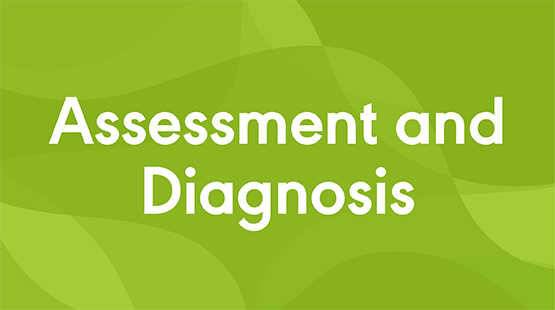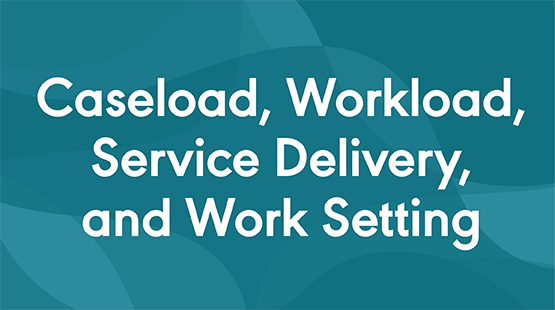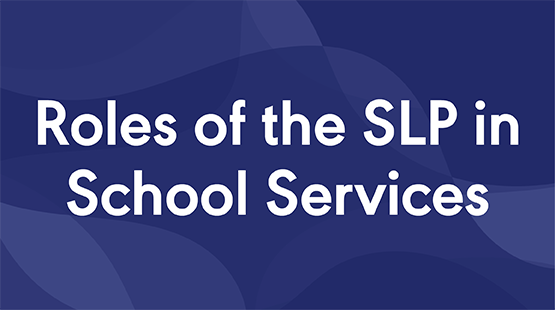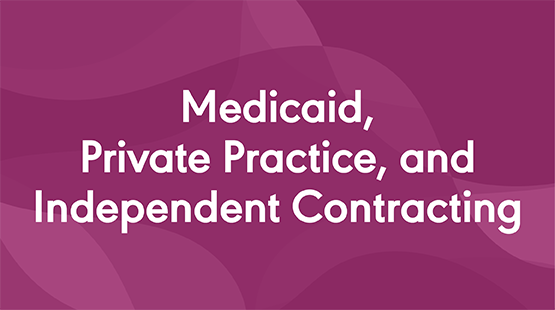School Services Frequently Asked Questions
These topic areas represent the most frequently asked questions by members working in schools.
Common questions including guidance on using the latest version of a test and what an SLP can diagnose in schools.
Frequently asked questions about eligibility for services and dismissal in schools.
Learn more about laws that affect assessment and service delivery in schools.
See IDEA guidance for Individualized Education Programs (IEPs) and 504 plans.
Learn more about ASHA's resources on workload management, caseload, and service delivery.
Gain information about the roles of school based SLPs.
Answers to your questions about billing and private practice for school-based SLPs.
What you need to know about the SLPA scope of practice.

















